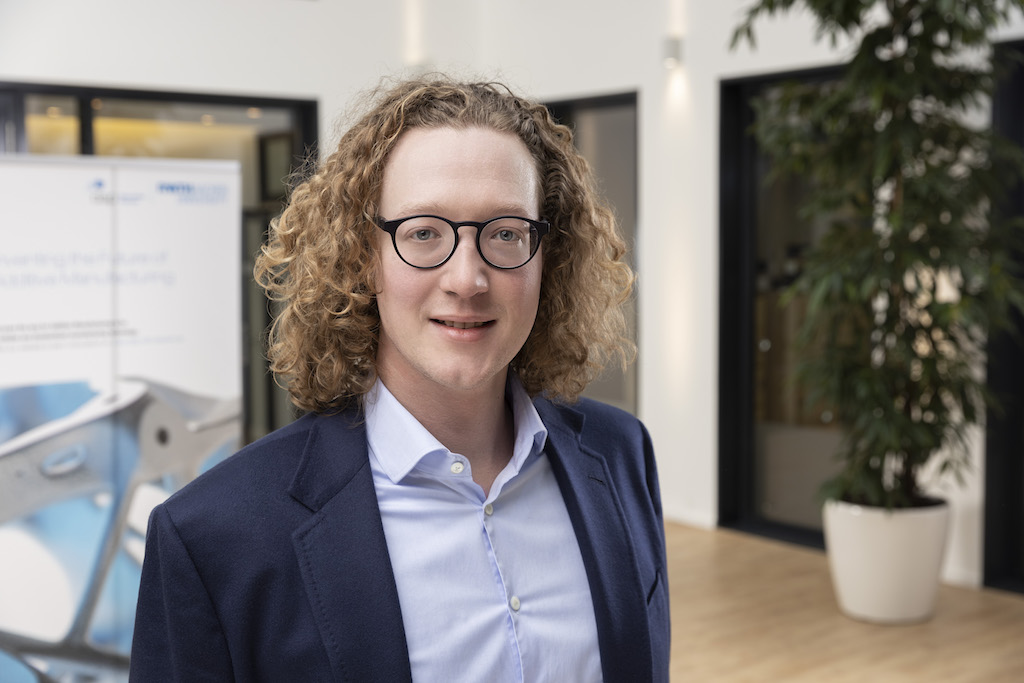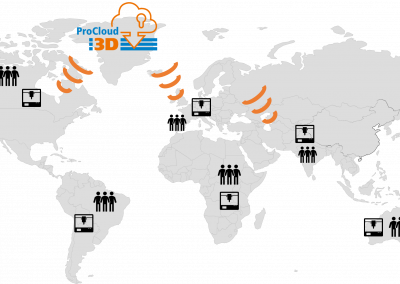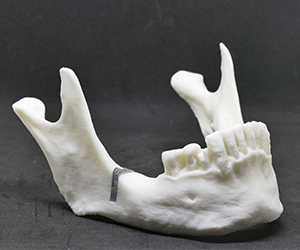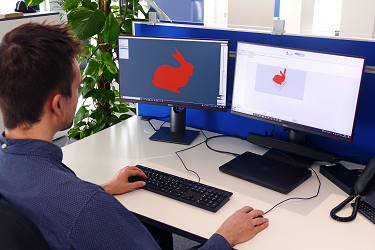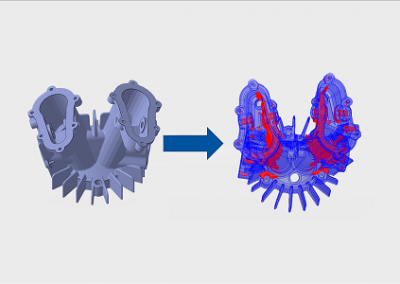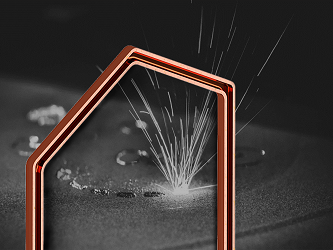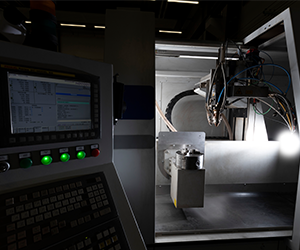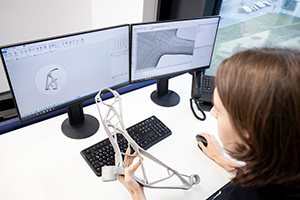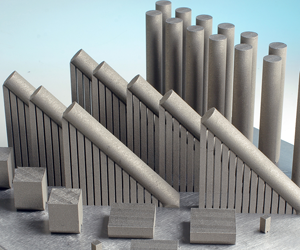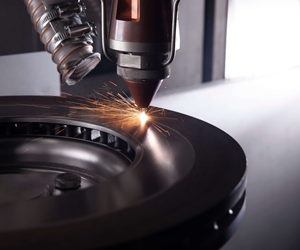Key Words: EBM, Design Freedom, Building without Support structures
EBM: Increasing Design Freedom and Reducing Defect Density
In comparison, support structures are frequently used in Laser Powder Bed Fusion (LPBF). However, they affect the final microstructure of the part and increase post processing effort, since they need to be removed. Components, like the bearing cage with overhanging structures shown above, cannot be built with LPBF without support structures. The sintered powder layers also allow stacking of components.
Depending on size and geometry, hundreds of components can be printed within one job; reducing the unit price significantly. Furthermore, the post processing of the components to improve surface finish can be combined with the removal of the sintered powder. In addition, EBM uses a larger powder particle size distribution and thicker powder layers, which considerably increases the build rate. Moreover, the heat dispersion of metal powder is improved by the sintering, therefore, temperature gradients throughout the component are lower, reducing distortion and crack density within the part.
The improved design freedom and reduced defect density make EBM especially interesting for the medical, aerospace and automotive industries. With respect to these industries common researched materials include Ti-64, various steels, Ni-Superalloys, copper and Ti-Aluminides. Especially electro mobility poses a promising research field in terms of materials used and products for the Chair for Digital Additive Production DAP
Maximilian Voshage, M. Sc.
RWTH Aachen Chair
Digital Additive Production DAP
Campus-Boulevard 73
52074 Aachen
Further Research Topics
This picture shows a component that was developed in one of our projects together with Kueppers Solutions GmbH.

